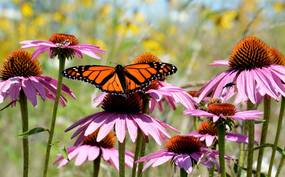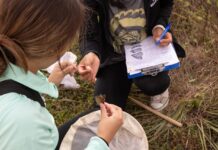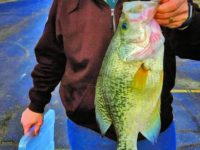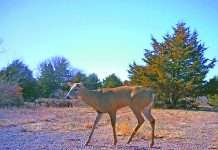
Expanding Public Access on Wildlife Refuges
This week the U.S. Fish and Wildlife Service expanded hunting opportunities at 10 national wildlife refuges, including two in North Dakota. Visitors can now explore hunting at 373 national wildlife refuges across the United States. Fishing is also permitted at 311 national wildlife refuges.
Here’s the skinny:
Des Lacs National Wildlife Refuge: Open moose hunting for the first time. The refuge is already open to upland game and other big game hunting.
Upper Souris National Wildlife Refuge: Open moose and turkey hunting for the first time. Expand upland game and big game hunting. The refuge is already open to upland game hunting, other big game hunting, and sport fishing.
According to the U.S. Fish and Wildlife Services’ National Survey of Fishing, Hunting and Wildlife-Associated Recreation, outdoor activities – including hunting and fishing – contribute over $144 billion in economic activity across the United States. Refuge visitors also participate in other recreational activities, such as birding, boating, hiking, walking, and wildlife observation.
Hunters, anglers, and other conservationists additionally support wildlife by purchasing Federal Duck Stamps; 98 cents of every dollar generated goes directly to wetland habitat protection. Find your local national wildlife refuge here to see which outdoor opportunities are available.
Habitat Restoration Pays Off

Wildlife and Waterways Benefit from Restoration
Public and private partners are making habitat restoration a reality at Lost Trail National Wildlife Refuge in Montana. The 8,000+ acre refuge provides forest, grassland, riparian, and wetland habitat for many wildlife species, such as elk, moose, wolves, reptiles, amphibians, songbirds, shorebirds, and waterfowl. The refuge was established in 1999 to provide habitat for migratory birds and rare native wildlife, in addition to recreational opportunities, like hunting and wildlife photography. The lands were previously privately owned and managed as a cattle and horse ranch. Today, nature is being restored and enhanced to ensure healthy waterways and wildlife.
Did You Know?
 |
Monarchs arriving in MexicoMonarchs are completing their long journey south to Mexico. Some travelled more than 3,000 miles! Watch video footage of their impressive arrival and learn more about monarch butterfly conservation in an interactive story from the U.S. Geological Survey (USGS). Monarchs will return north in the spring. You can help them by planting a pollinator gardenwith lots of native plants and wildflowers, including local milkweed species. Photo: Monarch butterfly by Jim Hudgins/USFWS |




